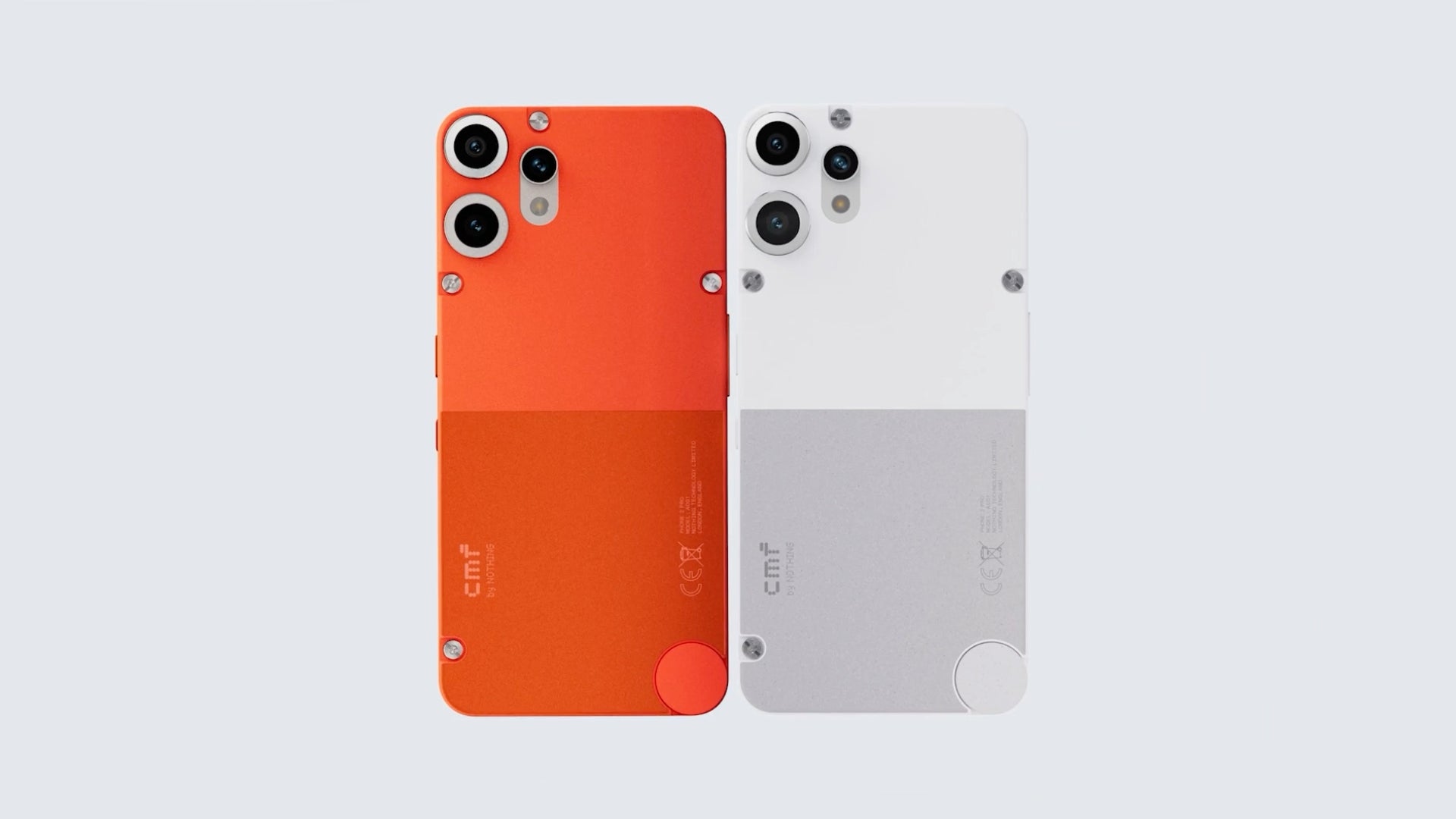TypeScript Utility Types: Useful types
1. Partial: Makes All Properties of an Object Optional Partial is one of the most useful types when working with objects. It allows you to easily make all properties of a type optional. Example: interface User { name: string; age: number; } const updateUser = (user: Partial) => { // You only need to pass in some properties of the user. }; updateUser({ name: "John" }); In the example above, you can call updateUser with partial information of User, rather than having to pass all properties. 2. Required: Makes All Properties of an Object Required Opposite to Partial, Required makes all properties of an object required. Example: interface User { name: string; age?: number; } const user: Required = { name: "John", age: 30, // The age cannot be omitted anymore }; In this example, you cannot create a User object without age. 3. Pick: Select Some Properties from an Object Pick allows you to create a new type from an existing object with only the specified properties. Example: interface User { name: string; age: number; email: string; } const contactInfo: Pick = { name: "John", email: "john@example.com", }; Here, Pick helps you extract only the name and email properties of User, ignoring age. 4. Omit: Remove Some Properties from an Object Omit is the reverse of Pick. It allows you to create a new type from an object but without certain properties. Example: interface User { name: string; age: number; email: string; } const userWithoutEmail: Omit = { name: "John", age: 30, }; In this example, Omit helps you create a User object without the email property. 5. Record: Create an Object with a Specific Key and Value Type Record allows you to define an object with keys of type K and values of type T. This type is very useful when you need an object with dynamic keys. Example: type Role = "admin" | "user" | "guest"; const permissions: Record = { admin: true, user: false, guest: false, }; In this example, Record helps create a permissions object with keys from Role and boolean values. 6. Exclude: Remove Values from a Type Exclude helps you create a new type by removing values of type U from T. This type is useful when you need to remove specific values from a union type. Example: type Fruit = "apple" | "banana" | "orange"; type Citrus = Exclude; // Citrus only includes "apple" and "orange" In this example, Exclude helps you remove "banana" from the Fruit type. 7. NonNullable: Remove null and undefined NonNullable helps you remove null and undefined from a type. This is a great way to ensure that values always have valid values. Example: type MyType = string | null | undefined; type MyNonNullableType = NonNullable; // MyNonNullableType only includes string NonNullable removes null and undefined from the MyType type. Summary TypeScript Utility Types help you write cleaner, more maintainable code and avoid unnecessary errors when working with data types. Partial: Makes all properties optional. Required: Makes all properties required. Pick: Selects some properties from an object. Omit: Removes some properties from an object. Record: Creates an object with specific key and value types. Exclude: Removes values from a type. NonNullable: Removes null and undefined. Using the correct utility types will help you manage your data types more efficiently and optimize your code!
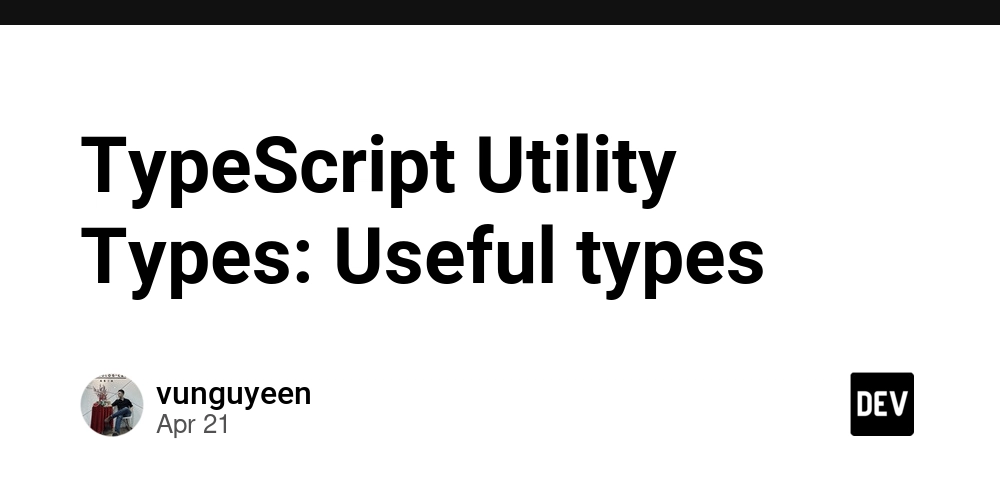
1. Partial: Makes All Properties of an Object Optional
Partial is one of the most useful types when working with objects. It allows you to easily make all properties of a type optional.
Example:
interface User {
name: string;
age: number;
}
const updateUser = (user: Partial<User>) => {
// You only need to pass in some properties of the user.
};
updateUser({ name: "John" });
In the example above, you can call updateUser with partial information of User, rather than having to pass all properties.
2. Required: Makes All Properties of an Object Required
Opposite to Partial, Required makes all properties of an object required.
Example:
interface User {
name: string;
age?: number;
}
const user: Required<User> = {
name: "John",
age: 30, // The age cannot be omitted anymore
};
In this example, you cannot create a User object without age.
3. Pick: Select Some Properties from an Object
Pick allows you to create a new type from an existing object with only the specified properties.
Example:
interface User {
name: string;
age: number;
email: string;
}
const contactInfo: Pick<User, "name" | "email"> = {
name: "John",
email: "john@example.com",
};
Here, Pick helps you extract only the name and email properties of User, ignoring age.
4. Omit: Remove Some Properties from an Object
Omit is the reverse of Pick. It allows you to create a new type from an object but without certain properties.
Example:
interface User {
name: string;
age: number;
email: string;
}
const userWithoutEmail: Omit<User, "email"> = {
name: "John",
age: 30,
};
In this example, Omit helps you create a User object without the email property.
5. Record: Create an Object with a Specific Key and Value Type
Record allows you to define an object with keys of type K and values of type T. This type is very useful when you need an object with dynamic keys.
Example:
type Role = "admin" | "user" | "guest";
const permissions: Record<Role, boolean> = {
admin: true,
user: false,
guest: false,
};
In this example, Record helps create a permissions object with keys from Role and boolean values.
6. Exclude: Remove Values from a Type
Exclude helps you create a new type by removing values of type U from T. This type is useful when you need to remove specific values from a union type.
Example:
type Fruit = "apple" | "banana" | "orange";
type Citrus = Exclude<Fruit, "banana">;
// Citrus only includes "apple" and "orange"
In this example, Exclude helps you remove "banana" from the Fruit type.
7. NonNullable: Remove null and undefined
NonNullable helps you remove null and undefined from a type. This is a great way to ensure that values always have valid values.
Example:
type MyType = string | null | undefined;
type MyNonNullableType = NonNullable<MyType>;
// MyNonNullableType only includes string
NonNullable removes null and undefined from the MyType type.
Summary
TypeScript Utility Types help you write cleaner, more maintainable code and avoid unnecessary errors when working with data types.
-
Partial: Makes all properties optional. -
Required: Makes all properties required. -
Pick: Selects some properties from an object. -
Omit: Removes some properties from an object. -
Record: Creates an object with specific key and value types. -
Exclude: Removes values from a type. -
NonNullable: Removesnullandundefined.
Using the correct utility types will help you manage your data types more efficiently and optimize your code!












































































































































































![[The AI Show Episode 144]: ChatGPT’s New Memory, Shopify CEO’s Leaked “AI First” Memo, Google Cloud Next Releases, o3 and o4-mini Coming Soon & Llama 4’s Rocky Launch](https://www.marketingaiinstitute.com/hubfs/ep%20144%20cover.png)


















































































































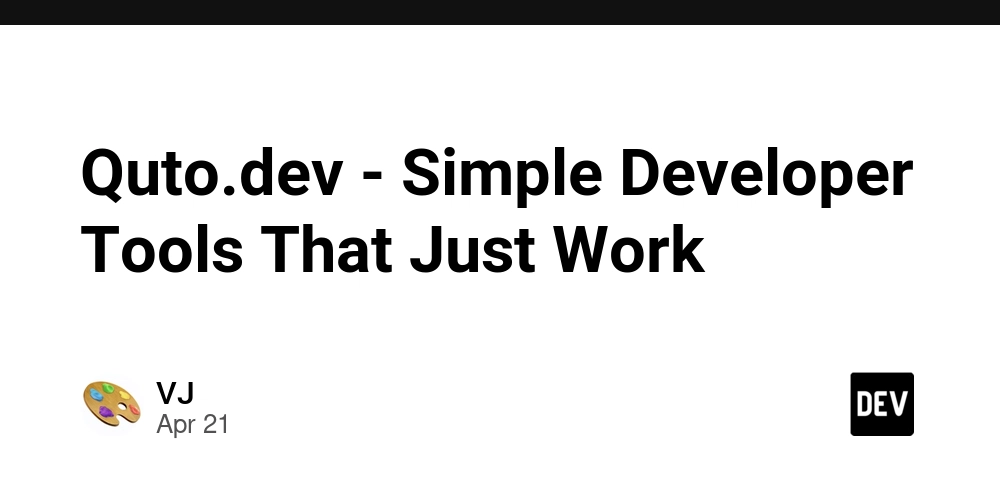














![From fast food worker to cybersecurity engineer with Tae'lur Alexis [Podcast #169]](https://cdn.hashnode.com/res/hashnode/image/upload/v1745242807605/8a6cf71c-144f-4c91-9532-62d7c92c0f65.png?#)
























![BPMN-procesmodellering [closed]](https://i.sstatic.net/l7l8q49F.png)























































































































_Tanapong_Sungkaew_via_Alamy.jpg?width=1280&auto=webp&quality=80&disable=upscale#)

_Andreas_Prott_Alamy.jpg?width=1280&auto=webp&quality=80&disable=upscale#)

.png?#)
















































































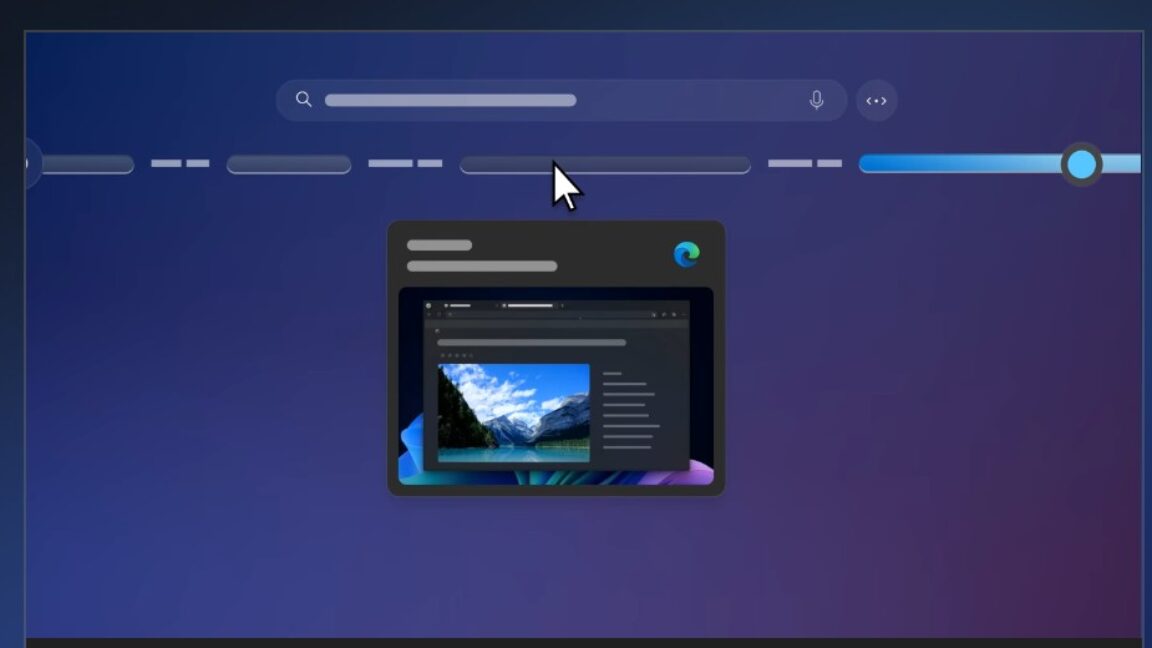

















![CMF Phone 2 Pro has a dual-tone design and improved camera in latest teasers [Gallery]](https://i0.wp.com/9to5google.com/wp-content/uploads/sites/4/2025/04/cmf-phone-2-pro-camera-tease.jpg?resize=1200%2C628&quality=82&strip=all&ssl=1)

![Lenovo shows off its next 8.8-inch Legion Tab with vague AI promises [Gallery]](https://i0.wp.com/9to5google.com/wp-content/uploads/sites/4/2025/04/lenovo-legion-tab-y700-2025-1.jpg?resize=1200%2C628&quality=82&strip=all&ssl=1)












![Apple Shares New Ad for Photo 'Clean Up' With Apple Intelligence [Video]](https://www.iclarified.com/images/news/97074/97074/97074-640.jpg)
![Samsung Targets Late 2026 Launch for Advanced Texas Chip Fab Following Delays [Report]](https://www.iclarified.com/images/news/97073/97073/97073-640.jpg)

![Apple Shares Official Trailer for 'Long Way Home' Starring Ewan McGregor and Charley Boorman [Video]](https://www.iclarified.com/images/news/97069/97069/97069-640.jpg)















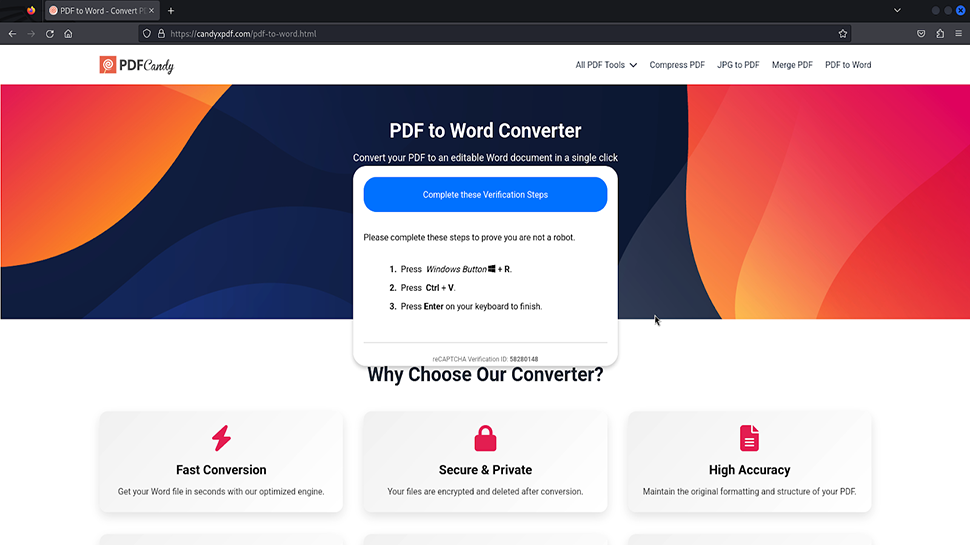












![Mobile Legends: Bang Bang [MLBB] Free Redeem Codes April 2025](https://www.talkandroid.com/wp-content/uploads/2024/07/Screenshot_20240704-093036_Mobile-Legends-Bang-Bang.jpg)




















